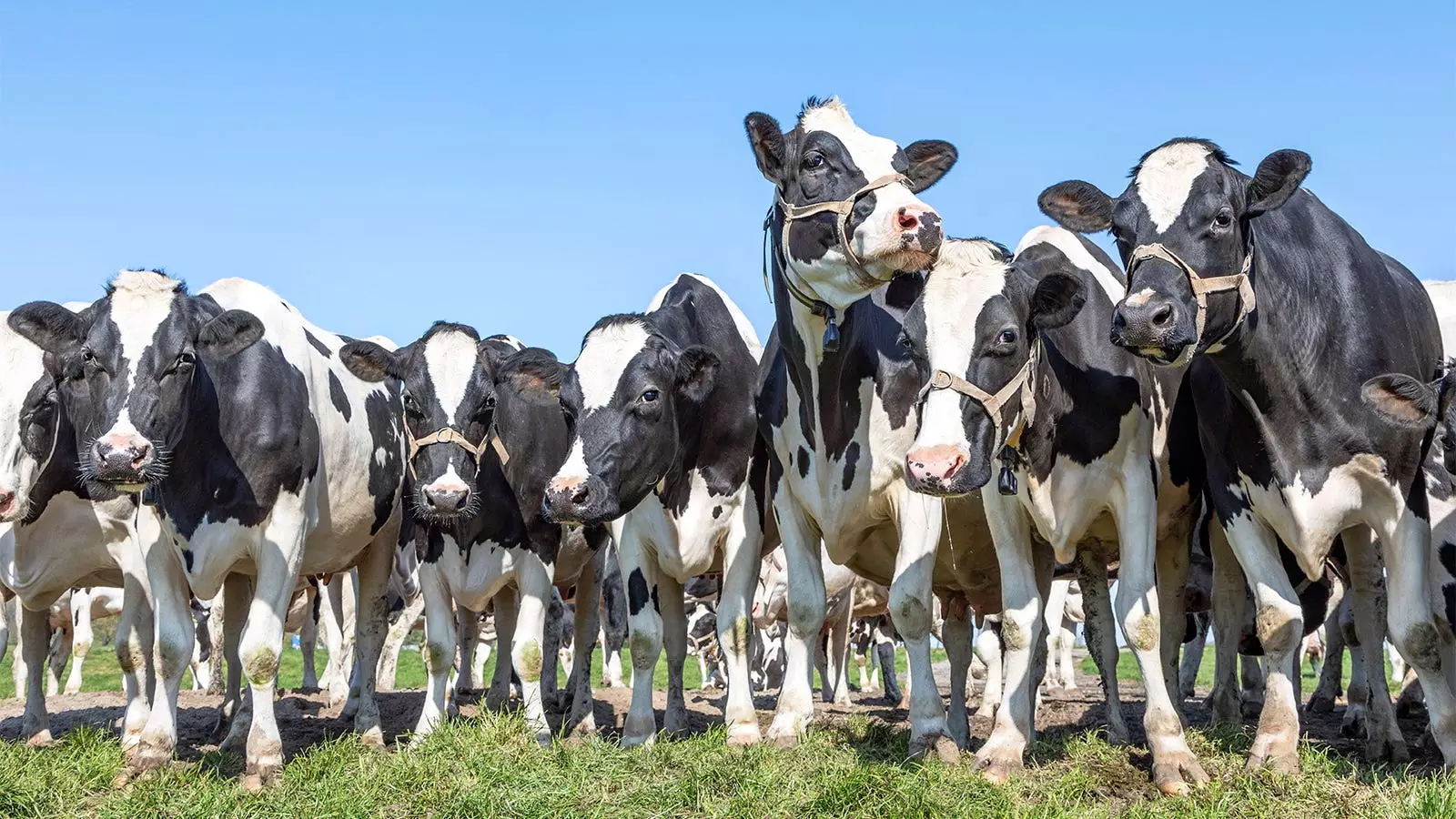A recent study challenging existing beliefs about the behavior of the H5N1 bird flu in cattle has raised concerns about the potential spread of the virus. The study, conducted by Kiril Dimitrov, DVM, PhD, and his colleagues, revealed surprising findings about the mortality rates and transmission of the virus among dairy cattle during outbreaks. This article will critically analyze the implications of the study’s results and highlight the importance of robust measures to prevent and control the infection.
Contrary to previous assumptions that H5N1 in cattle always produces mild illness, the study found that cattle mortality was significantly higher during outbreaks on certain farms. In fact, the mortality rate on one Ohio farm was twice the normal rate, with 99 cows dying in just a 3-week period. This challenges the notion that the virus only causes mild symptoms in cattle and underscores the need for further research on its impact.
Another interesting discovery from the study was the presence of the virus in asymptomatic animals. A third of nasal swabs from asymptomatic animals tested positive for the virus, as did half of the urine samples. This suggests that even animals without visible symptoms can spread the disease, highlighting the potential risks of undetected transmission within cattle populations. It is crucial to consider these findings when implementing biosecurity measures on dairy farms.
The study also identified evidence of cow-to-cow transmission between different farms. Epidemiologic and genomic data showed that apparently healthy cows from one Texas farm transmitted the virus to a farm in Ohio after transportation. This raises concerns about the ease of spread between geographically distant locations and emphasizes the importance of strict biosecurity protocols to prevent such transmission events in the future.
The paper confirmed key symptoms of H5N1 in cattle, such as decreased feed intake, respiratory signs, lethargy, and abnormal milk production. Cattle experienced an abrupt drop in milk production during outbreaks, although they generally recovered within 5 to 14 days. This information can aid in early detection and treatment of infected animals, potentially limiting the spread of the virus in dairy herds.
The study’s findings shed light on the complex dynamics of H5N1 outbreaks in cattle and emphasize the need for proactive measures to prevent and control the infection. The high mortality rates, presence of the virus in asymptomatic animals, and inter-farm transmission events underscore the importance of enhanced surveillance and biosecurity practices in dairy farms. By addressing these issues, veterinarians and farmers can mitigate the risks associated with H5N1 outbreaks and protect both animal and human health.

Leave a Reply